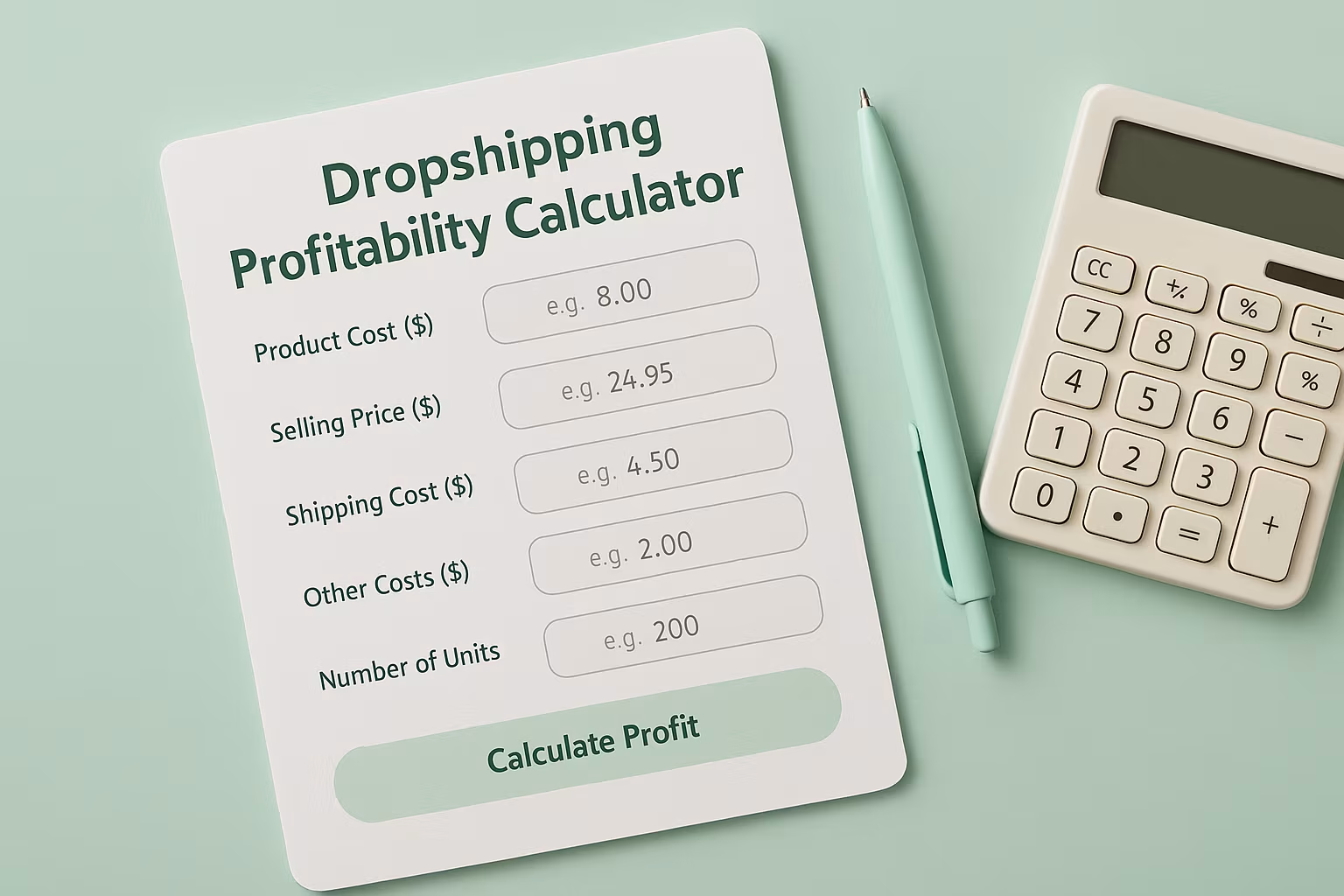How to Cut Costs and Raise Profit Margins in Pet Products? Cost-Cutting Strategies

The pet product industry is booming, with global spending expected to exceed $358 billion by 2027. But with rising competition and shifting consumer habits, brands must deliver more while spending less.
For sellers of everything from treats to toys, finding ways to cut costs and raise profit margins is key to staying competitive.
Whether you're scaling or just starting, these methods help ensure your pet brand thrives in today’s demanding market.
Immediate Cost-Cutting Strategies for Pet Product Businesses to Raise Profit Margins
When looking to improve profitability, the first step is identifying areas where costs can be reduced. These immediate strategies can create quick wins for your pet product business:
Optimize Your Supply Chain
Your supply chain represents one of the largest expense categories in the pet product business. Consider these approaches:
- Consolidate suppliers: Working with fewer suppliers can lead to volume discounts and simplified logistics. Instead of ordering different components from multiple vendors, find suppliers who can provide multiple products.
- Negotiate better terms: Don't accept initial pricing at face value. Many suppliers are willing to offer better rates in exchange for larger orders or longer-term contracts. Even a 5-10% reduction in COGS can significantly impact your bottom line.
- Explore alternative sourcing: Domestic manufacturing might seem more expensive initially, but when factoring in shipping costs, import duties, and quality control expenses, local options might be more cost-effective for certain pet products.
Streamline Packaging and Shipping
Packaging and shipping represent significant costs for pet product businesses. Optimizing your packaging and shipping strategy can lead to substantial savings:
- Right-size your packaging: Oversized boxes not only waste materials but also increase dimensional weight charges from carriers. Custom packaging that fits your products precisely can reduce both material costs and shipping fees.
- Negotiate with carriers: If you're shipping substantial volume, don't hesitate to negotiate with multiple carriers. Compare rates between USPS, UPS, FedEx, and regional carriers to find the best rates for your typical shipment profile.
- Consider fulfillment partnerships: For growing pet product brands, partnering with a specialized fulfillment provider can lead to better shipping rates through volume discounts while reducing warehouse costs.
Reduce Operational Overhead
Operational expenses can silently drain profitability. Look for opportunities to trim unnecessary costs:
- Embrace automation: Manual processes are costly and error-prone. Implementing inventory management systems, automated order processing, and customer service automation can reduce labor costs while improving accuracy.
- Optimize workspace: Whether you operate from a home office or warehouse, make sure you're using space efficiently. Excessive storage space means unnecessary rent expenses.
- Review recurring subscriptions: Many businesses pay for software, services, or memberships they rarely use. Conduct a quarterly audit of all recurring expenses and eliminate those that don't deliver clear value.
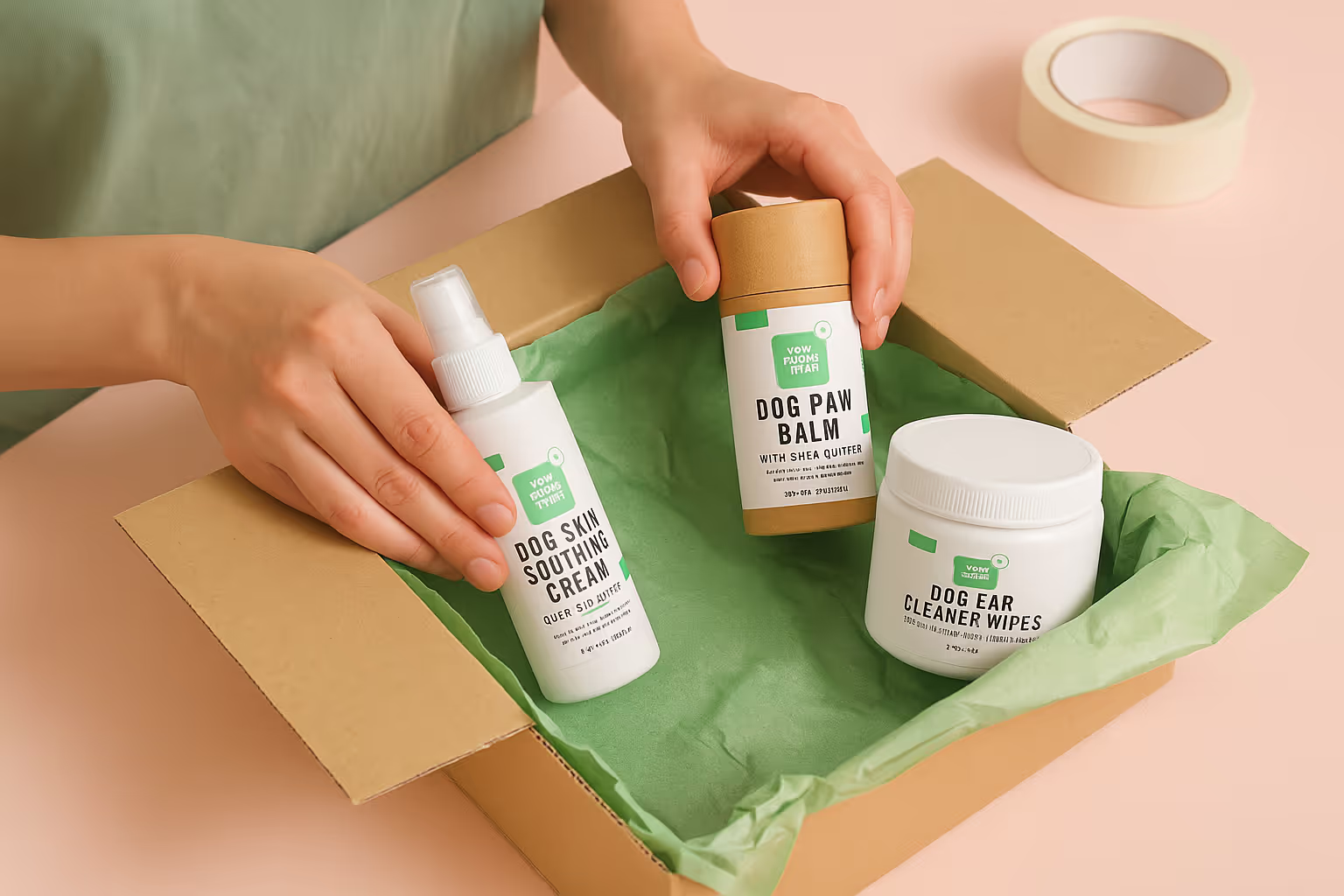
Long-Term Strategies to Improve Profit Margins
While immediate cost-cutting provides quick relief, implementing strategic changes can lead to sustainable profit improvements:
Develop a Private Label Strategy
Creating your own private label products offers one of the best opportunities to improve margins. Private label pet products typically yield 40-60% profit margins compared to the 20-30% common with reselling existing brands.
Benefits of private labeling include:
- Complete control over product formulation and ingredients
- No competition on identical products
- Brand-building opportunities
- Higher perceived value among consumers
Pro tip: When developing private label pet treats or supplements, focus on unique ingredients or formulations that address specific pet health concerns. Products targeting issues like joint health, anxiety, or dental care command premium prices while differentiating your brand.
Focus on High-Margin Product Categories
Not all pet products are created equal when it comes to profitability. Strategically shifting your product mix toward higher-margin categories can dramatically improve overall profitability:
- Pet supplements and wellness products: With margins often exceeding 60%, supplements represent one of the most profitable pet product categories. Consumer willingness to pay premium prices for health-related products makes this category particularly attractive.
- Specialized treats: Functional treats with specific benefits (dental health, training, joint support) command higher prices than basic treats, with minimal additional production costs.
- Personalized products: Items that can be customized with pet names or photos (collars, beds, bowls) create emotional connections with customers and justify premium pricing.
Implement Smart Pricing Strategies
Strategic pricing of your pet products can significantly impact margins without affecting sales volume:
- Psychological pricing: Instead of charging $20 for a pet toy, price it at $19.99. This small difference has minimal impact on your margin but can significantly influence consumer perception.
- Value-based pricing: Rather than basing prices solely on cost-plus models, consider the actual value your product provides to pet owners. Products that solve specific problems can command higher prices.
- Bundle pricing: Create product bundles that combine high-margin items with lower-margin ones. This strategy increases average order value while maintaining attractive overall margins.
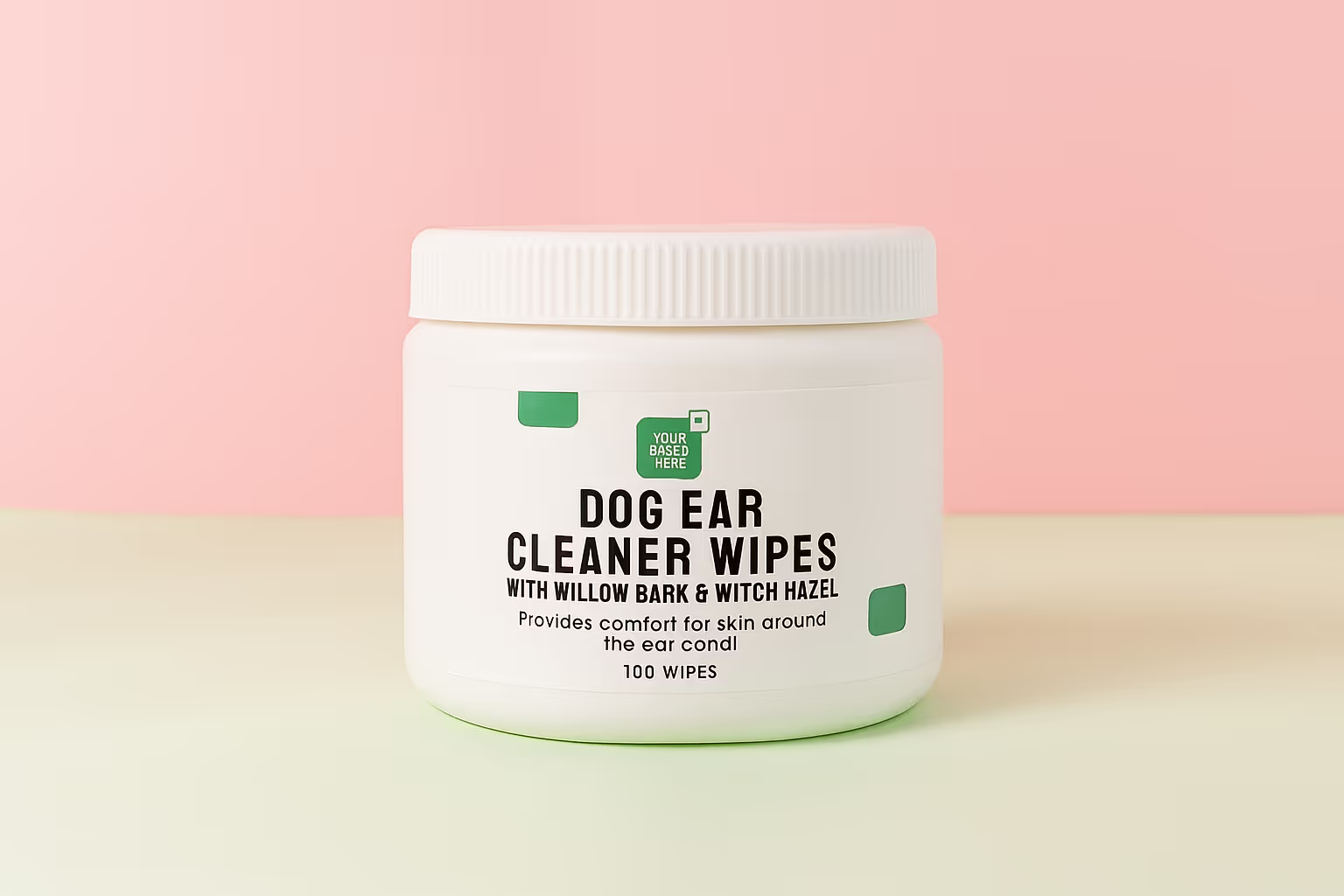
Leverage Technology to Reduce Costs
Technology adoption represents one of the most effective ways to simultaneously reduce costs and improve customer experience:
Automate Inventory Management
Inefficient inventory management leads to two costly problems: excess inventory that ties up capital and stock outs that result in lost sales.
- Implement inventory forecasting: Use historical data to predict future demand, allowing for more precise purchasing and production planning.
- Set reorder points: Establish automated reorder points for each product to maintain optimal inventory levels without manual monitoring.
- Track inventory metrics: Regularly analyze key metrics like inventory turnover ratio, days of supply, and holding costs to identify improvement opportunities.
Optimize Your E-commerce Platform
Your e-commerce platform can either be a cost center or a profit driver, depending on how well it's optimized:
- Reduce cart abandonment: Implement strategies to recover abandoned carts, such as exit-intent popups and follow-up emails. Even a small reduction in abandonment rates can significantly improve profitability.
- Optimize for conversion: Continuously test and improve product pages, checkout processes, and site navigation to increase conversion rates without increasing traffic acquisition costs.
- Leverage analytics: Use data to identify underperforming products or categories that might be consuming resources disproportionate to their revenue contribution.
Utilize Marketing Automation
Marketing represents a significant expense for many pet product businesses. Automation can increase effectiveness while reducing costs:
- Email marketing sequences: Set up automated email sequences for welcome series, post-purchase follow-ups, and reactivation campaigns. These require minimal ongoing management while generating consistent sales.
- Social media scheduling: Use tools to plan and schedule social media content in batches, reducing the time spent on daily posting.
- Customer segmentation: Target marketing efforts to specific customer segments based on purchase history and browsing behavior, improving ROI on marketing spend.

Scale Strategically to Improve Economics
Smart scaling can create economies of scale that reduce per-unit costs:
Production Volume Optimization
For manufactured pet products, increasing production volume typically reduces per-unit costs:
- Identify minimum efficient scale: Determine the production volume at which your cost per unit reaches optimal levels, then structure your business to maintain this volume.
- Consider co-manufacturing: If you haven't reached sufficient scale for cost-effective production, partnering with established manufacturers can provide access to better economies of scale.
- Batch production strategically: Plan production runs to minimize changeover times and material waste while maximizing equipment utilization.
Explore Alternative Sales Channels
Diversifying sales channels can increase volume while spreading fixed costs across more revenue.
- Marketplace expansion: Beyond your website, platforms like Amazon offer excellent opportunities for pet product sellers to reach new customers with minimal additional overhead.
- Wholesale relationships: Selling to retailers provides volume advantages, even at lower per-unit prices, and can significantly improve cash flow.
- Subscription models: Implementing subscription options for consumable pet products (treats, supplements, food) creates predictable revenue and allows for more efficient inventory and production planning.
Focus on Customer Retention to Maximize Lifetime Value
Acquiring new customers typically costs 5-25 times more than retaining existing ones. Improving retention directly impacts profitability:
Build a Loyalty Program
Customer loyalty programs encourage repeat purchases while providing valuable data:
- Tiered rewards: Create multiple loyalty tiers that provide increasingly valuable benefits as customers purchase more.
- Exclusive access: Offer loyal customers early access to new products or special limited editions, creating both exclusivity and urgency.
- Referral incentives: Encourage existing customers to refer friends by offering rewards for successful referrals, essentially turning customers into a cost-effective marketing channel.
Enhance Post-Purchase Experience
The experience after purchase significantly impacts repeat business:
- Personalized follow-ups: Send personalized emails based on specific purchases (e.g., tips for using a new type of pet toy).
- Educational content: Provide valuable information related to purchased products, positioning your brand as a trusted resource.
- Easy reordering: Implement one-click reordering options for consumable products to remove friction from the repurchase process.
Invest in Quality Control to Reduce Returns
Product returns and customer service issues represent significant hidden costs:
- Implement rigorous testing: Establish comprehensive quality control procedures to identify and resolve issues before products reach customers.
- Gather feedback systematically: Use customer feedback to identify common issues and make continuous improvements to products.
- Create clear product descriptions: Detailed, accurate product descriptions and images reduce the likelihood of customers receiving items that don't meet their expectations.
Insider’s Way: Tap Into White-Label Ingredient Trends Before They Go Mainstream
Savvy pet brands don’t just follow trends; they anticipate them. One overlooked opportunity is partnering directly with ingredient manufacturers to co-create exclusive formulations before those ingredients become mainstream.
Instead of launching another generic calming chew, work with a supplier developing next-gen ingredients like adaptogens for pets (e.g., ashwagandha, L-theanine blends) or clinically-backed postbiotics.
By locking in early access or exclusivity deals, you:
- Secure better pricing before demand spikes
- Market a truly differentiated product
- Build a defensible brand story rooted in innovation
This strategy gives you a first-mover advantage and lets you position your product as the original, not the knockoff. Most pet brands don’t think this far upstream, but the margin and branding benefits are massive.
Take Your Pet Product Business to the Next Level
Cutting costs and improving margins in your pet product business requires a comprehensive approach that combines immediate tactical changes with long-term strategic initiatives.
The most successful businesses continuously analyze their operations, looking for opportunities to optimize without compromising the quality that pet owners demand.
Remember that profitability isn't just about cutting costs; it's about creating more value for customers while operating more efficiently.
With the right approach to product development, manufacturing, and fulfillment, you can create a competitive advantage that drives sustainable growth for years to come.
FAQ
Related blogs
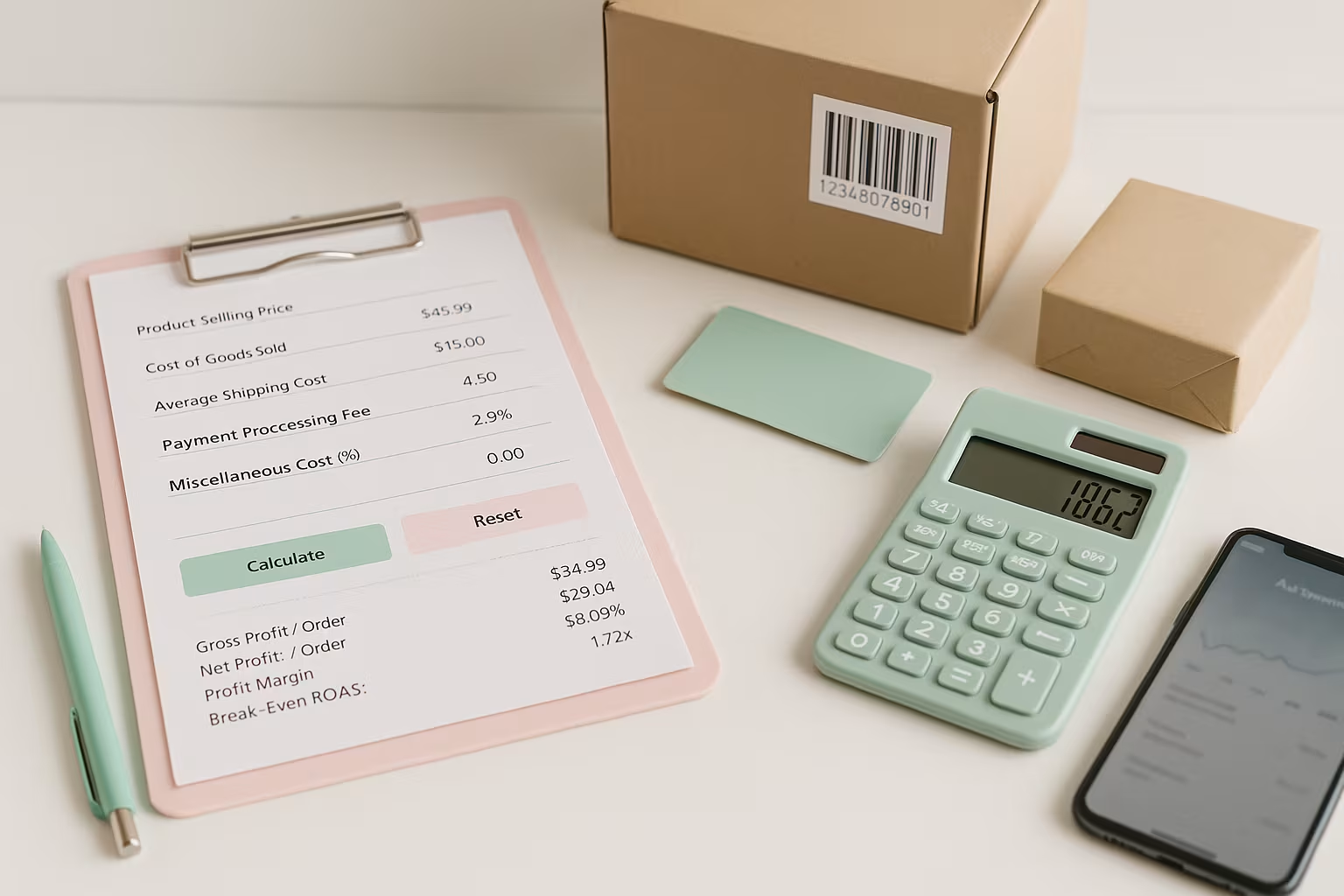
Break-Even ROAS Calculator: Find Out What You Can Afford to Spend on Ads
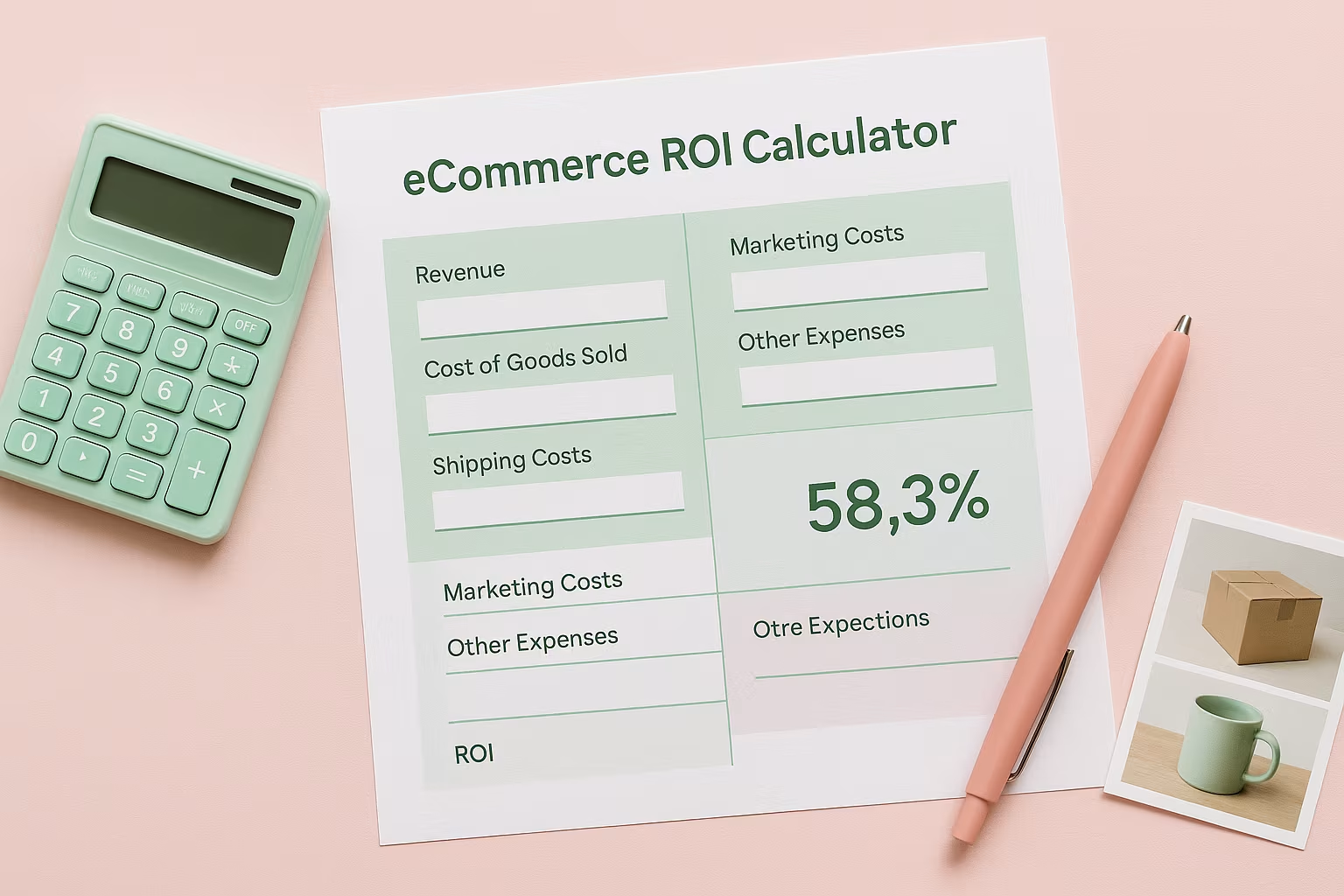
Ecommerce ROI Calculator: Scale Your Store
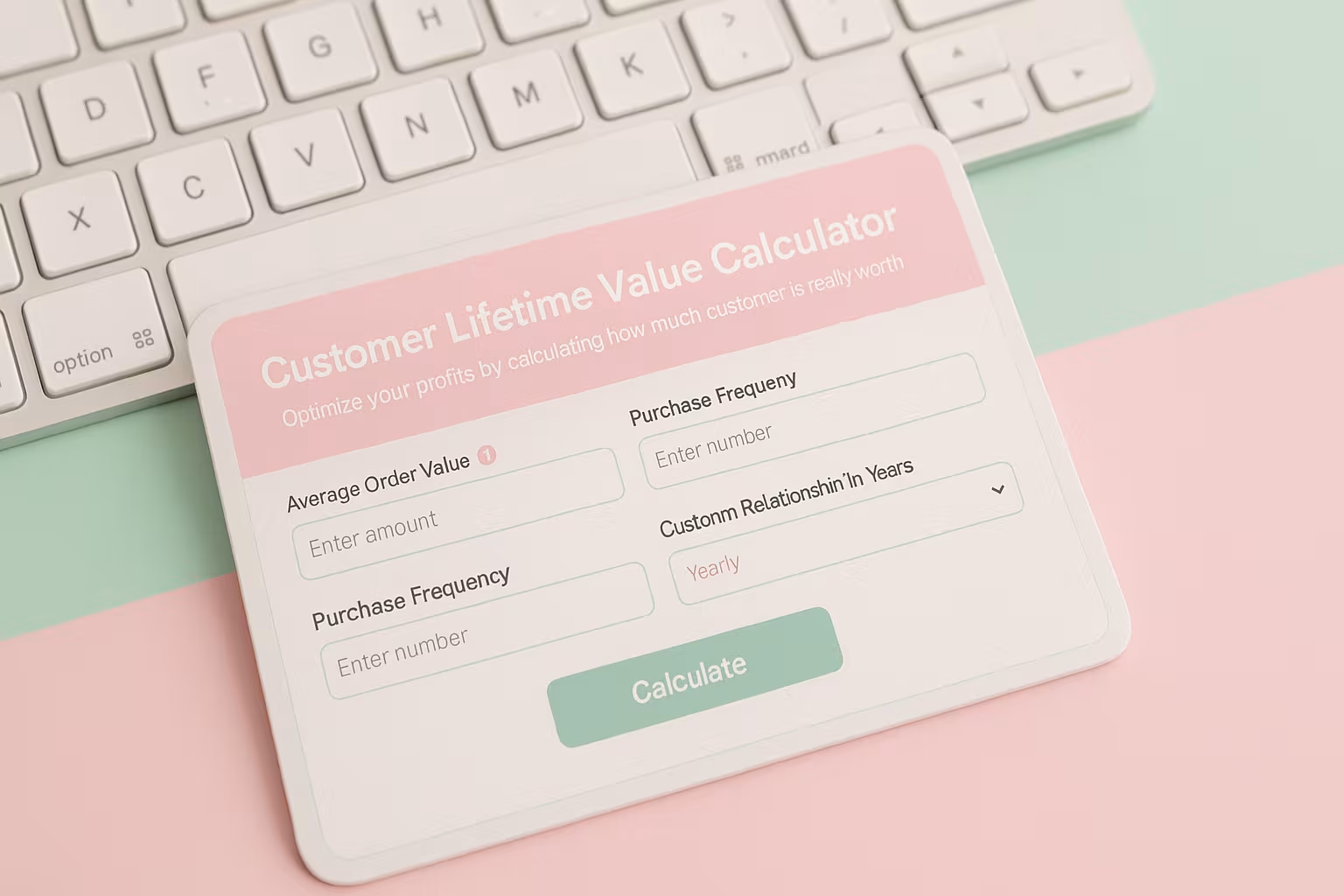
Customer Lifetime Value Calculator: Unlock Your E-commerce Revenue Potential
